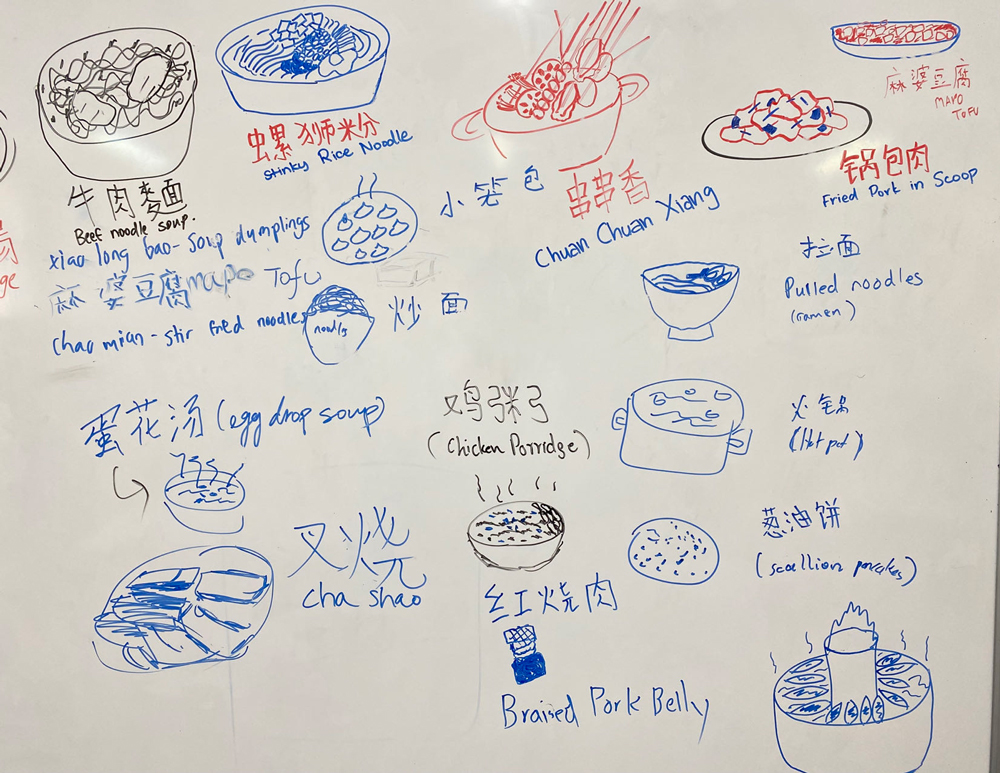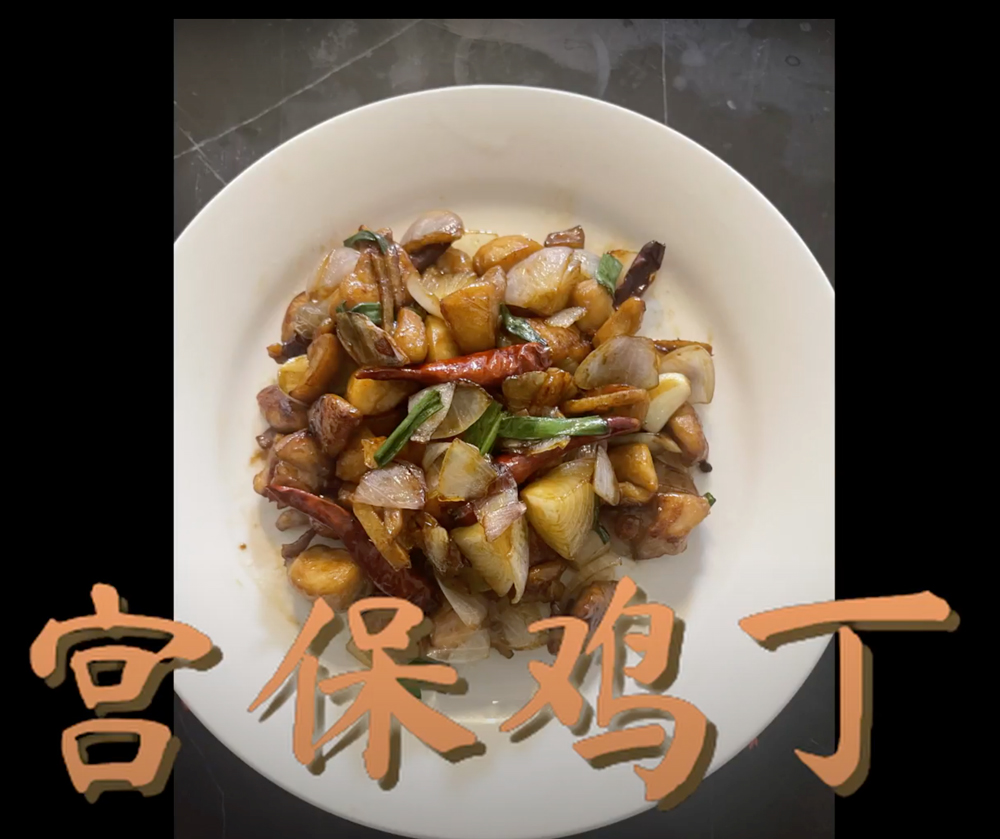
At The International School Yangon (ISY), our mission and vision come to life when students use their learning to connect with others, share their voices, and make a difference. As a community of compassionate global citizens, we aim to nurture lifelong learners who apply their skills with purpose and impact. In my high school Mandarin class, I set out to design a learning experience that encouraged students to take ownership, express their voices, and apply their knowledge in meaningful ways. What began as a creative journey of producing tutorial videos in Mandarin soon became an opportunity for students to step into the role of teachers, opening the door to new confidence and purpose.
A Journey of Engagement and Ownership
From the beginning, this learning journey was met with enthusiasm from our students. One student shared, “I have only cooked instant noodles; this is going to be a new experience.” Another student added, “I can finally show my cooking skills.” For many, the idea of becoming a YouTuber gave the experience authentic meaning, motivating them to see themselves not only as learners but as teachers with a genuine audience.

As they worked, students researched recipes, practiced Mandarin vocabulary, and explored cultural traditions. Drafting scripts and rehearsing language took on a new purpose, since their videos would be shared with peers and families. Peer feedback deepened the learning, with many remarking that they “felt like teachers” for the first time. Families joined in too, cooking and filming alongside their children. One student proudly shared, “My mom was very surprised when she knew I could cook!”
Through these experiences, curiosity grew into ownership. Students were learning not only for themselves, but in connection with their peers, their families, and the wider community.
Grounded in Research
This learning process reflects research-informed strategies: activating prior knowledge, establishing a clear vision, incorporating opportunities for peer feedback, and engaging families. Together, these approaches foster what Dörnyei (2009) identifies as the key conditions for a positive learning experience, an environment where collaboration, encouragement, and enjoyment sustain motivation.
This journey connects with Dörnyei’s (2009) L2 Motivational Self System (L2MSS), which describes why students commit to language learning through three dimensions: the Ideal L2 Self, the Ought-to L2 Self, and the Learning Experience. In this activity, students pictured themselves as YouTubers teaching in Mandarin (the ideal self), felt a sense of responsibility knowing that peers and families would watch their work (the ought-to self), and discovered that cooking, filming, and sharing were both fun and meaningful (learning experience).
Building on this, more recent research, such as Papi et al.’s (2018) 2×2 Model of L2 Self-Guides, highlights the complexity of motivation and how learners balance positive and negative self-images. Their framework reinforces the importance of designing classroom tasks that are authentic and engaging, which was evident here as students experienced both challenge and enjoyment in equal measure.
Learning That Makes a Difference
The impact extended beyond vocabulary and grammar. Students demonstrated growing confidence in expressing themselves, collaborated actively by giving and receiving feedback, and explored creative approaches with digital tools. Just as importantly, they experienced belonging: their learning mattered not only to them but also to their peers, families, and community.
My role was to encourage, guide, and provide feedback while stepping back enough for students to take the lead. Watching them transform from learners into teachers highlighted the power of ownership: when students are given authentic opportunities, they discover that their knowledge and voices have value.

This spirit of exploration is not unique to my classroom. Across ISY, colleagues create similar opportunities through service learning, sustainability projects, and creative expression. Together, we prepare students not only to succeed academically but also to use their learning in ways that make a difference. In this way, we live out ISY’s mission of nurturing compassionate global citizens and lifelong learners who use their education as a force for positive change.
References
Dörnyei, Z. (2009). The L2 motivational self system. In Z. Dörnyei & E. Ushioda (Eds.), Motivation, language identity, and the L2 self (pp. 9–42). Bristol, UK: Multilingual Matters.
Papi, M., Bondarenko, A. V., Mansouri, S., Feng, L., & Jiang, C. (2018). Rethinking L2 motivation research: The 2 × 2 model of L2 self-guides. Studies in Second Language Acquisition, 40(1), 149–172. https://doi.org/10.1017/S0272263118000153
Tianshuai Jiang is the Mandarin teacher at The International School Yangon. Tianshuai engages students in creative and meaningful learning experiences that connect language, culture, and expression, fostering confidence, ownership, and global citizenship.